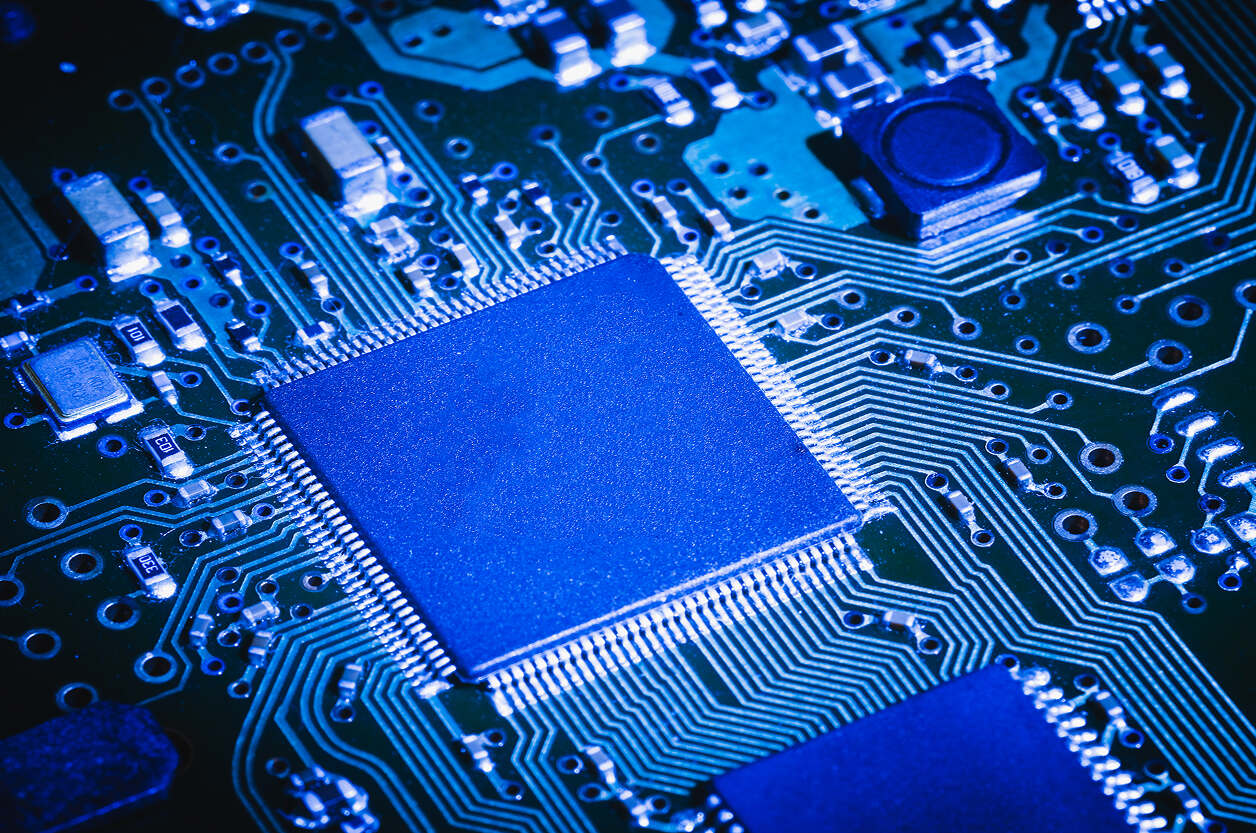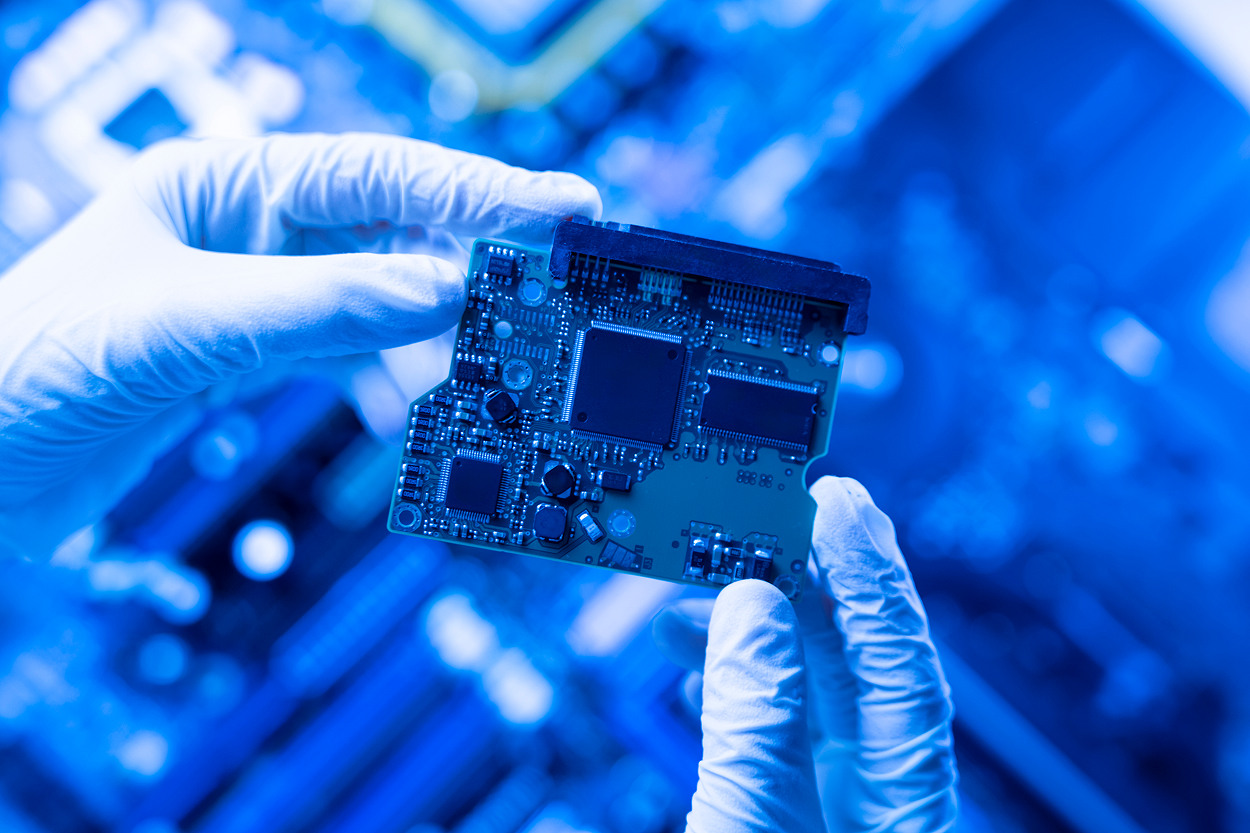Circuit Boards Manufacturers: Complete Guide to PCB Fabrication Partners for Advanced Electronics

1. Introduction: What are Circuit Board Manufacturers and Why They Matter
Circuit board manufacturers are specialized companies that design, fabricate, and assemble printed circuit boards (PCBs) that form the backbone of modern electronics. These manufacturers serve critical roles across industries—from aerospace and medical devices to consumer electronics and automotive systems—providing everything from quick turn prototypes to high-volume production runs.
Major companies across various sectors rely on circuit board manufacturers for their business operations, prototyping, and production needs.
In this comprehensive guide, you’ll discover how to evaluate PCB manufacturing capabilities, understand advanced technologies like rigid flex HDI and multilayer PCB construction, and select the right fabrication partner for your specific requirements. We’ll cover manufacturer types, technical capabilities, quality standards, and industry trends that impact your product development timeline and costs. Manufacturers help transform initial ideas into functional prototypes and products, leveraging the expertise of skilled engineers and designers in the development and innovation of advanced PCBs.
Choosing the right circuit board manufacturer directly impacts product reliability, time to market, and overall project success. With PCB fabrication representing 30-60% of total electronics manufacturing costs, this decision requires careful evaluation of technical capabilities, certifications, and service quality. Manufacturers in America are often chosen for their domestic production quality and advanced technology.
2. Understanding Circuit Board Manufacturing: Key Concepts and Technologies
2.1 Core PCB Manufacturing Processes
Printed circuit board manufacturing encompasses several distinct processes. PCB fabrication creates bare copper circuit boards through photolithography, etching, and lamination, and PCBs can also be fully assembled as part of comprehensive turnkey services. PCB assembly involves mounting and soldering components onto fabricated boards. Turnkey services combine both fabrication and assembly with supply chain management. Proper assemblies require adherence to strict tolerance guidelines to ensure optimal results.
After mounting and soldering, the importance of pad design and placement is critical for reliable assembly and electrical connectivity.
Key technical specifications include layer count (single-layer to 50+ multilayer PCB configurations), board thickness tolerances, copper weight distribution across inner layer copper and outer layer traces, and surface finishes like electroless nickel immersion gold (ENIG) or bare copper options. The role of holes—such as via holes, castellated holes, and stamp holes—and their diameter, placement, and length are carefully controlled to ensure manufacturing quality and reliability. The length of drilled holes and milling paths is precisely specified to maintain tight manufacturing tolerances. Plating processes, including edge plating and via filling, are significant for enhancing electrical performance and structural integrity.
2.2 Advanced PCB Technologies
Modern circuit board manufacturers invest heavily in advanced technologies to meet evolving electronics demands. Rigid flex HDI (High Density Interconnect) combines flexible circuits with rigid sections, enabling complex designs in compact form factors. Signal integrity considerations become critical for high speed digital applications, requiring precise impedance control and specialized materials, especially for advanced PCB manufacturing supporting computing and data communication markets.
Leading manufacturers offer capabilities spanning traditional rigid boards to advanced PCBs with microvias, embedded components, and utilize laser technology for precision drilling and miniaturization. They also provide specialized substrates for RF applications or extreme environments, demonstrating expertise in producing PCBs tailored for industrial applications. Compliance with industry standards such as IPC 6012 Class 2 and Class 3 ensures advanced PCB quality.
3. Why Selecting the Right Circuit Board Manufacturer is Critical
3.1 Quality and Reliability Impact
Circuit board quality directly affects product reliability and field failure rates. Manufacturers operating under highest standards like IPC-A-600 and AS9100 certifications demonstrate commitment to consistent quality processes. Medical industry applications require ISO 13485 compliance, while aerospace applications demand additional certifications and traceability.
3.2 Cost and Efficiency Considerations
Manufacturing costs vary significantly based on technology requirements, production volumes, and geographic location. USA-based manufacturers typically offer quick turn prototyping capabilities and superior technical support, while offshore options may provide cost advantages for high-volume production runs.
Lead time optimization becomes crucial for competitive advantage. Top manufacturers offer 24-48 hour prototype turnaround for standard designs, enabling rapid design iteration cycles.
4. Circuit Board Manufacturer Capabilities Comparison
Capability
- Prototype Specialists: 2-20 layers, 3/3 mil minimum trace/space, 0.008”-0.25” board thickness, HASL, ENIG, OSP finishes, 24-72 hours lead time, IPC, RoHS compliant certifications
- High-Volume Producers: 2-50+ multilayer PCB, 2/2 mil minimum trace/space, 0.004”-0.5” board thickness, All standard finishes, 1-3 weeks lead time, IPC, ISO 9001 certifications
- Aerospace/Medical: 2-30 layers, 3/3 mil minimum trace/space, 0.008”-0.5” board thickness, Gold fingers, ENIG, 2-6 weeks lead time, AS9100, ITAR certifications
5. Step-by-Step Guide to Selecting Circuit Board Manufacturers
Step 1: Define Technical Requirements
Begin by documenting your complete technical specification. Assess layer requirements for your circuits, determining whether you need simple rigid boards or complex designs requiring rigid flex construction. Identify board thickness requirements, copper weight specifications, and any special features like gold fingers for edge connectors.
Create a checklist covering:
- Layer count and stack-up requirements
- Board dimensions and quantity needs
- Surface finish specifications (ENIG, HASL, bare copper)
- Impedance control and signal integrity requirements
- Industry-specific certifications needed
Step 2: Evaluate Manufacturing Capabilities
Research potential manufacturers’ technical capabilities against your requirements. Leading manufacturer facilities should demonstrate advanced technology capabilities, appropriate certifications, and quality systems aligned with your industry needs.
Assess their track record with similar complex designs and production volumes. Request detailed capability documentation and review their inspection and testing procedures to ensure they can support your reliability requirements.
Step 3: Assess Service and Support Quality
Evaluate the manufacturer’s design support capabilities. Top PCB fabrication partners offer design for manufacturing (DFM) analysis, helping optimize your designs for manufacturability and cost-effectiveness. Strong technical support teams can identify potential issues early, preventing costly delays.
Review their project management tools, communication processes, and ability to scale from prototyping through production volumes. Establish clear quality agreements and performance metrics upfront.

6. Common Mistakes to Avoid When Choosing Manufacturers
Selecting based solely on price without considering total cost of ownership often leads to quality issues, delays, and increased overall costs. Hidden costs include rework, expedited shipping, and customer support issues.
Overlooking required certifications can create compliance problems later. Medical industry applications require specific certifications, while aerospace and defense projects may need ITAR-registered USA facilities.
Failing to validate capabilities through prototype orders before committing to production volumes frequently results in disappointment. Always test critical capabilities with small quantity orders first.
Inadequate communication planning leads to misunderstandings and errors. Ensure your manufacturer provides clear contact points, project tracking tools, and responsive technical support.
7. Leading Circuit Board Manufacturers: Industry Analysis
Case Study: Advanced PCB Technologies Implementation
A medical device company needed rigid flex HDI boards for a wearable monitoring device. Initial quotes from low-cost manufacturers seemed attractive, but lacked required FDA documentation and precision capabilities.
Starting situation: Complex 8-layer rigid flex design with 0.1mm microvias and biocompatible surface finishes Steps taken: Partnered with ISO 13485-certified manufacturer offering medical industry expertise Results: 40% faster regulatory approval, 99.7% assembly yield, 18-month field reliability exceeding specifications
8. FAQs about Circuit Board Manufacturers
Q: What’s the difference between PCB fabrication and assembly services?
A: PCB fabrication creates bare circuit boards through etching and lamination processes, while assembly involves mounting and soldering components onto fabricated boards. Many manufacturers offer both services.
Q: How do I choose between domestic USA and offshore manufacturers?
A: Consider lead time requirements, intellectual property protection needs, communication preferences, and total cost including shipping and potential delays. USA manufacturers excel at quick turn prototypes and complex designs.
Q: What certifications should I require from my PCB manufacturer?
A: Basic requirements include IPC-A-600 for acceptability standards and RoHS compliant processes. Add AS9100 for aerospace, ISO 13485 for medical industry, and ITAR registration for defense applications.
Q: What lead times should I expect for different PCB types?
A: Quick turn prototypes: 24-72 hours for standard rigid boards. Multilayer PCB production: 1-2 weeks. Advanced PCBs with rigid flex or special materials: 2-4 weeks depending on complexity.
9. Conclusion: Key Takeaways for Manufacturer Selection
Match manufacturer capabilities precisely to your technical requirements, considering both current needs and future scaling requirements. Advanced technologies like HDI, rigid flex, and high speed designs require specialized expertise that not all manufacturers possess.
Balance cost considerations with quality, certifications, and service capabilities. The lowest-cost option rarely provides the best value when considering total project costs and timeline impact.
Establish relationships with 2-3 qualified circuit board manufacturers to ensure supply chain resilience and competitive pricing. Start with prototype orders to validate capabilities before committing to production volumes.
Contact potential manufacturers early in your design process to leverage their DFM expertise and ensure your designs are optimized for efficient manufacturing. This collaboration approach typically reduces costs and improves reliability compared to designing in isolation.
Our Case Studies





